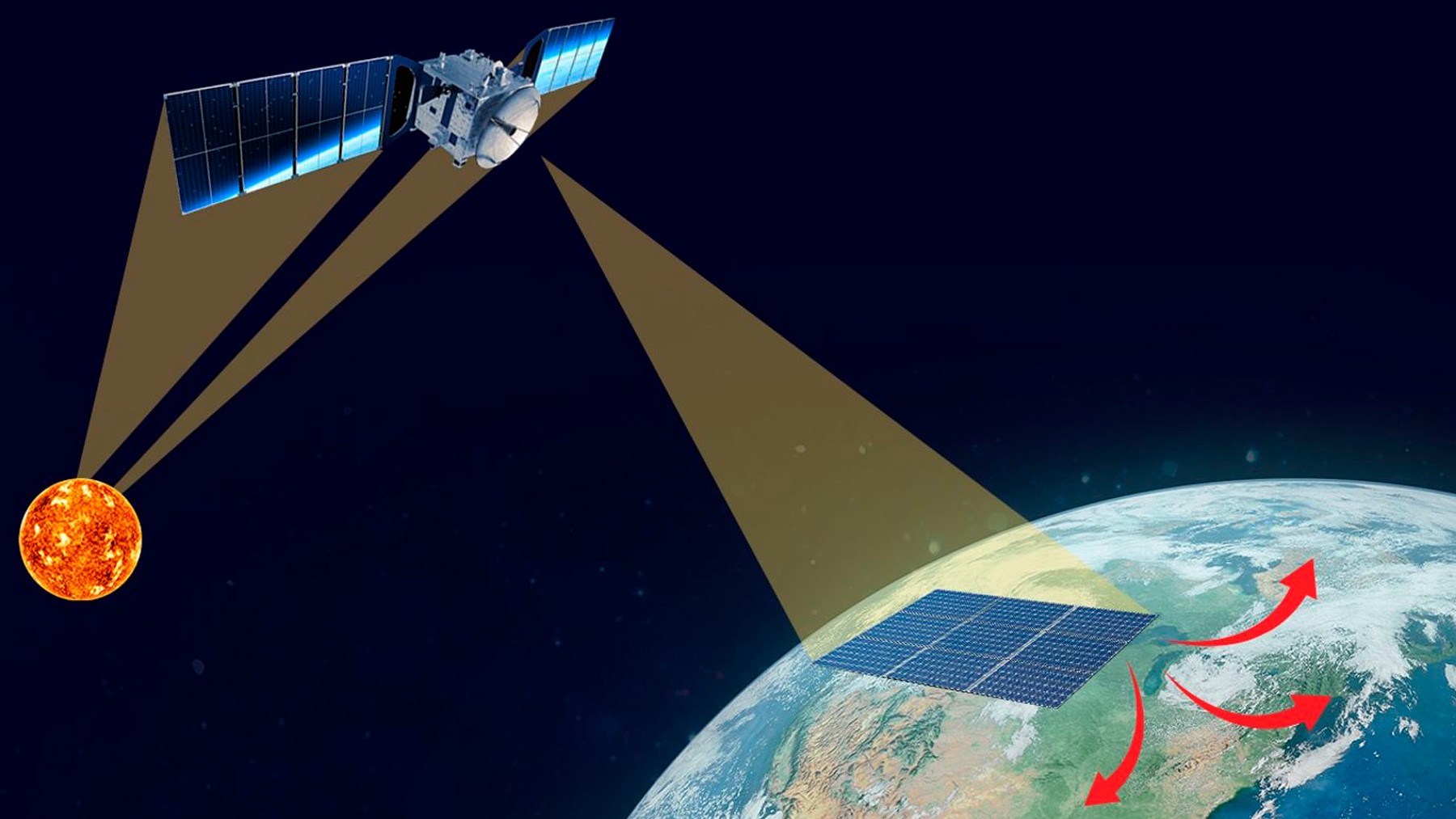How crazy does the idea sound that the solar energy that could supply us comes directly from space? This is precisely the premise that several countries are working on, especially China. To eliminate the limitations of solar energy, such as clouds or nighttime, Chinese scientists have proposed the development of what they call a ‘megaship’. A geostationary orbit the size of Manhattan, stationed 36,000 km from Earth, from where it would capture solar energy and send it to receiving stations in the form of microwaves. The scientist from the Chinese Academy of Engineering, Long Lehao, compares this proposal to the Three Gorges Dam.
Located on the Yangtze River, it is the largest hydroelectric power station in the world, with the capacity to supply 5.4 million homes in China to date. The idea of obtaining solar energy directly from space is not exclusive to China, as countries like Japan, the United Kingdom, the United States, and the European Space Agency have also shown interest. For its part, the Japan Aerospace Exploration Agency has even scheduled a launch to test the technology they have developed. Although the data is promising, we will have to wait for the practical tests of this technology, as, just like obtaining solar energy from Earth, it also poses challenges such as the high cost of launches.
Solar energy directly from space
To think that our homes could be powered by solar energy coming directly from space sounds almost like a science fiction scenario. However, it seems that this is a more realistic idea. China appears to be the country most interested in developing this type of technology, as it has already put its action plan on the table. It involves a spacecraft that would be in a static orbit, known as geostationary orbit.
With a width of 1 km and located 36,000 km from Earth, its mission would be to follow the rotation of the Earth and capture solar energy to later send it to us in the form of microwaves. According to a scientist from the Chinese Academy of Engineering, “As important as moving the Three Gorges Dam to a geostationary orbit 36,000 km above the Earth.” The idea is for the waves to pass through receiving stations and then be sent to Earth.
Three Gorges Dam
The Three Gorges Dam, located on the Yangtze River in China, is considered the largest hydroelectric power station in the world. Capable of supplying clean energy to more than 5.4 million Chinese homes, it took 17 years and over $25 billion to build. That is why scientists wonder, if it has been achieved on Earth, why not in space?
More interested countries
This idea is not exclusive to China, as Japan, the United Kingdom, the United States, and the European Space Agency are also interested in obtaining solar energy based in space (SBSP). In the case of Japan, they even have a date to launch a test satellite. Meanwhile, the United Kingdom has been making a series of advances such as:
- 360° wireless power transmission successfully tested.
- Development of super-heavy rockets capable of carrying hundreds of tons of panels into orbit.
- Space robotics and in-orbit manufacturing have also become central pieces of the equation, as assembling everything directly in space seems more practical than trying to ship the finished plant.
What obstacles does this new solar energetic approach present?
Just like traditional solar energy, solar energy from space also has its disadvantages. This includes clouds and atmospheric humidity, which can cause energy to be lost. On the other hand, setting up the infrastructure in space requires numerous launches, which is very costly. One must also consider the possibility that a poorly calibrated energy beam could hit one of the receiving stations, resulting in a malfunction and again, additional costs. We will have to wait for the results of the pilot tests to find out if this approach has a future.





